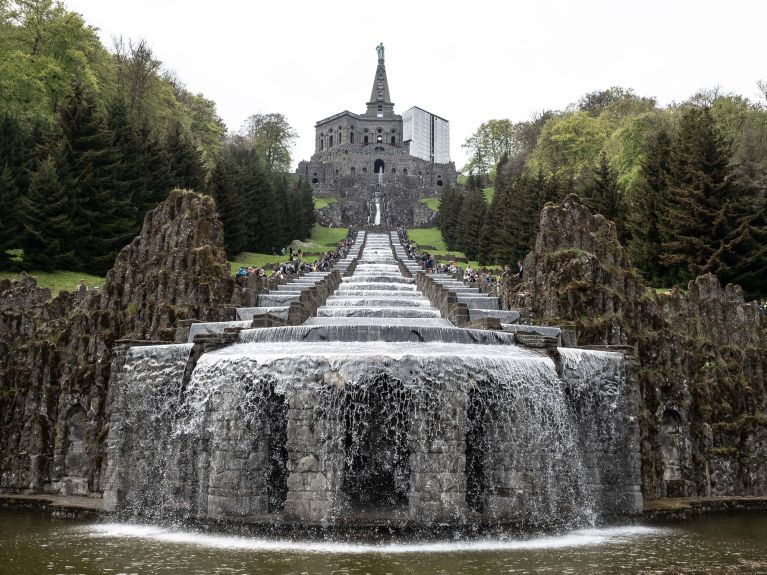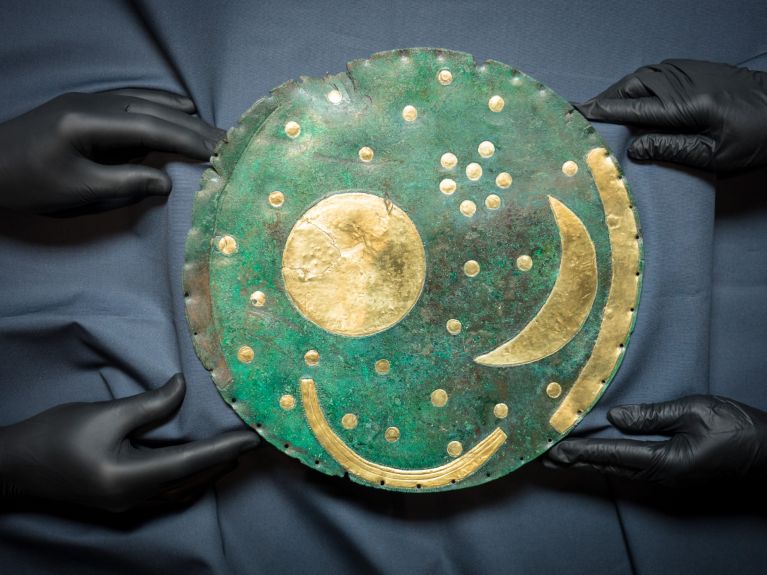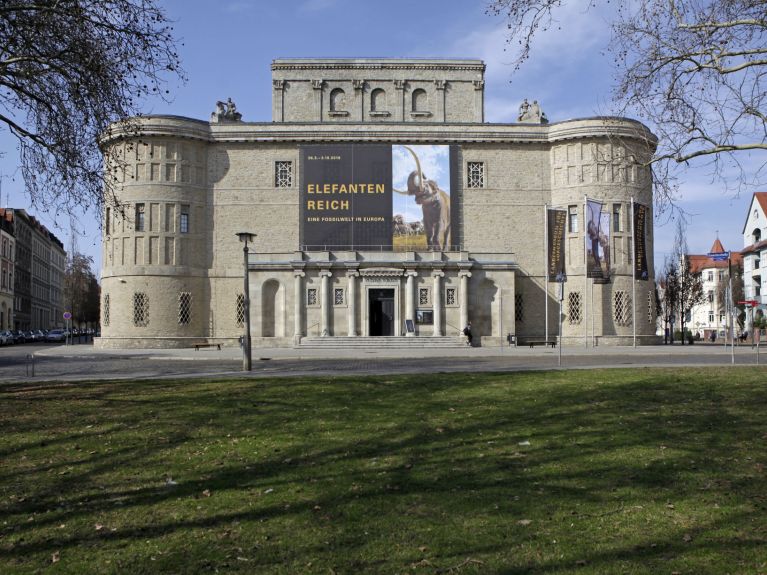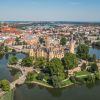The new desire to discover
It doesn't always have to be the metropolis: medium-sized cities like Bonn, Kassel and Halle attract guests with great culture and good ideas.

Rothenburg ob der Tauber, Berlin, Dresden, Hamburg and Munich: these five cities, according to a ranking by the German National Tourist Board, are the most popular destinations for foreign guests for city trips in Germany. But there is also an opposing trend: more and more travellers are drawn to medium-sized cities outside the tourist mainstream.
In North Rhine-Westphalia, for example, destinations such as Bonn and Aachen are showing double-digit growth in the number of overnight stays. Bonn scores particularly well with Beethoven: the composer was born there and the Beethoven House has the world's largest collection on his life and work. And Aachen's imperial cathedral containing Charlemagne's tomb is the first German building to be designated a UNESCO World Heritage Site.
Hesse between documenta and international spa town
Kassel is located in the neighbouring state of Hesse. Every five years, the world's largest exhibition of modern art shines a spotlight on the city, but it has also made a name for itself as a destination apart from the documenta. One highlight is “Grimmwelt” (Grimms’ World), which opened in 2015 and presents the life and work of the brothers Jacob and Wilhelm Grimm. Visitors to the exhibition get to know no mere fairy tale museum but rather an inseparable pair of brothers who were passionate about German studies and, along the way, created a collection of fairy tales that today enjoys worldwide fame. "A memorable part of the exhibition is the personal working copies of this collection with handwritten notes by the Grimms", says Julia Ronge, who is in charge of communication and didactics at Grimmwelt.

A good 200 kilometres to the south lies Hesse's state capital of Wiesbaden; the city of 280,000 inhabitants scores with the elegant aura of a former "international spa". Here around 1900, in the "Nice of the North", Europe's haute volée met to relax. Today not only do the hot springs still bubble, but the desire for pleasure too is still effervescent: pleasant wine bars, cafés and restaurants cluster around the market, and at the end of the day people meet for a glass of Riesling from the neighbouring Rheingau. Incidentally, the early Romantics already raved about this region. No wonder: the Middle Rhine is dotted with islands and is over 800 metres wide.
The attraction of the Sky Disc
A piece of heaven hidden in the earth - this is one of the most important magnets for visitors in Saxony-Anhalt. The Nebra Sky Disk is estimated to be 3,600 years old. It shows the sun, sky, moon and stars and is the oldest specific representation of astronomical phenomena. In 1999, detectorists illegally excavated and sold the disc as part of a bronze treasure on the Mittelberg near Nebra; it took years for the police and archaeologists to hunt down the network of fences and dealers.

Today a museum is devoted to the Sky Disk in the Nebra Ark, but the original can be seen in the State Museum of Prehistory in Halle an der Saale. It is also a city that visitors are discovering more and more: after all, Halle has to offer not only a precious piece of the heavens, but also a beautiful old town with one of the largest marketplaces in Germany.
You would like to receive regular information about Germany? Subscribe here:


